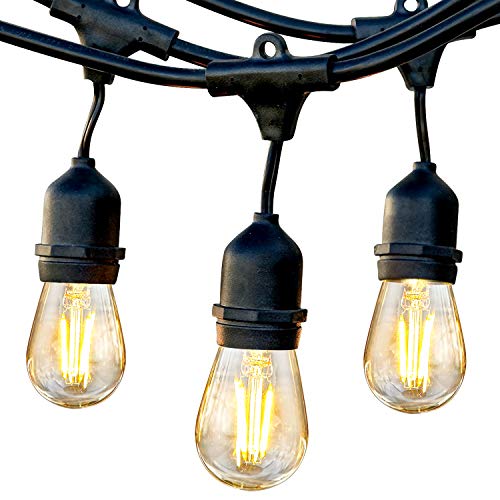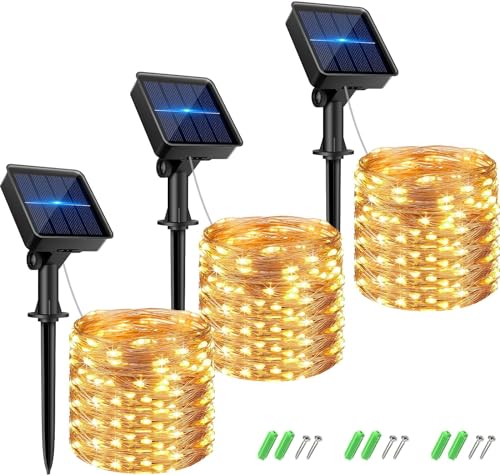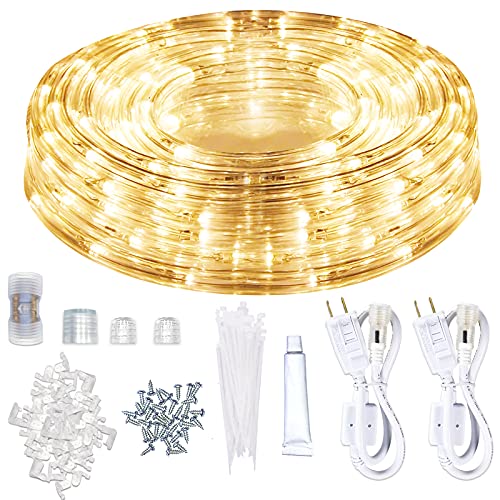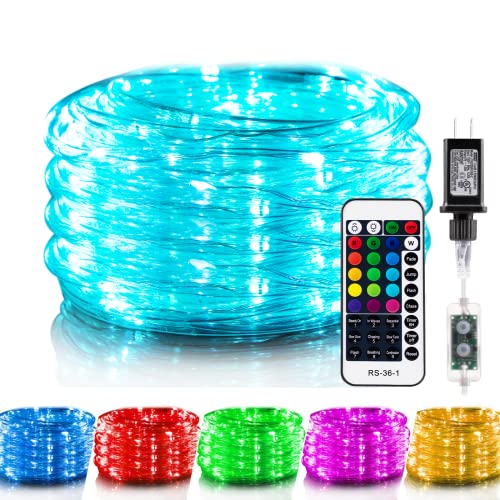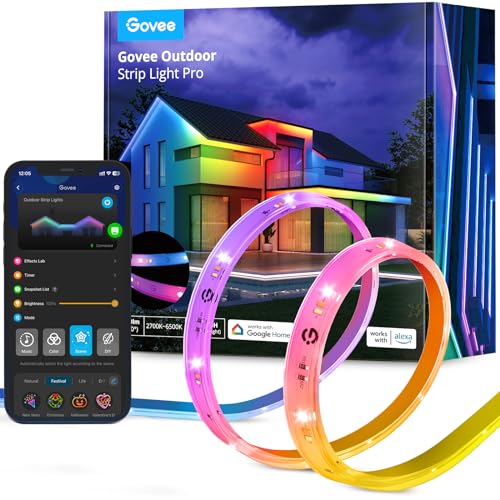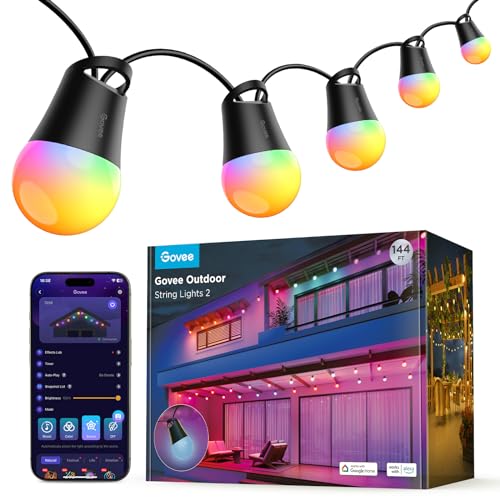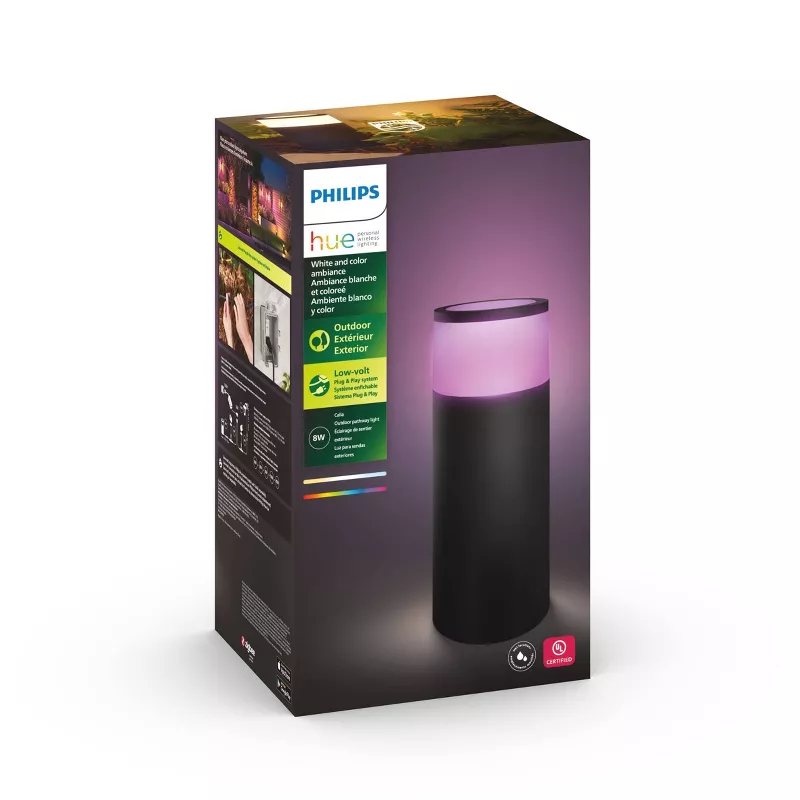Garden wall lighting ideas – 7 designs that deviate from traditional sconces
These garden wall lighting ideas could signal the end of boring brickwork


Garden walls can be a tricky part of backyard design. At best they're functional; the walls of your house, a retaining wall for your flowerbeds, or the edge of your property. At worst, they can be eyesores, exposing large expanses of boring brick.
This problem gets worse in winter when darker nights hide the walls. Even if you have walls with a little pattern or color, the night will turn them into dim monoliths that don't add anything to your yard
Thankfully, clever outdoor lighting can incorporate your walls into the rest of your garden design. All of these ideas are designed to avoid the obvious sconces and light fixtures, and offer pretty but practical lighting design.
1. Try string lights against garden walls
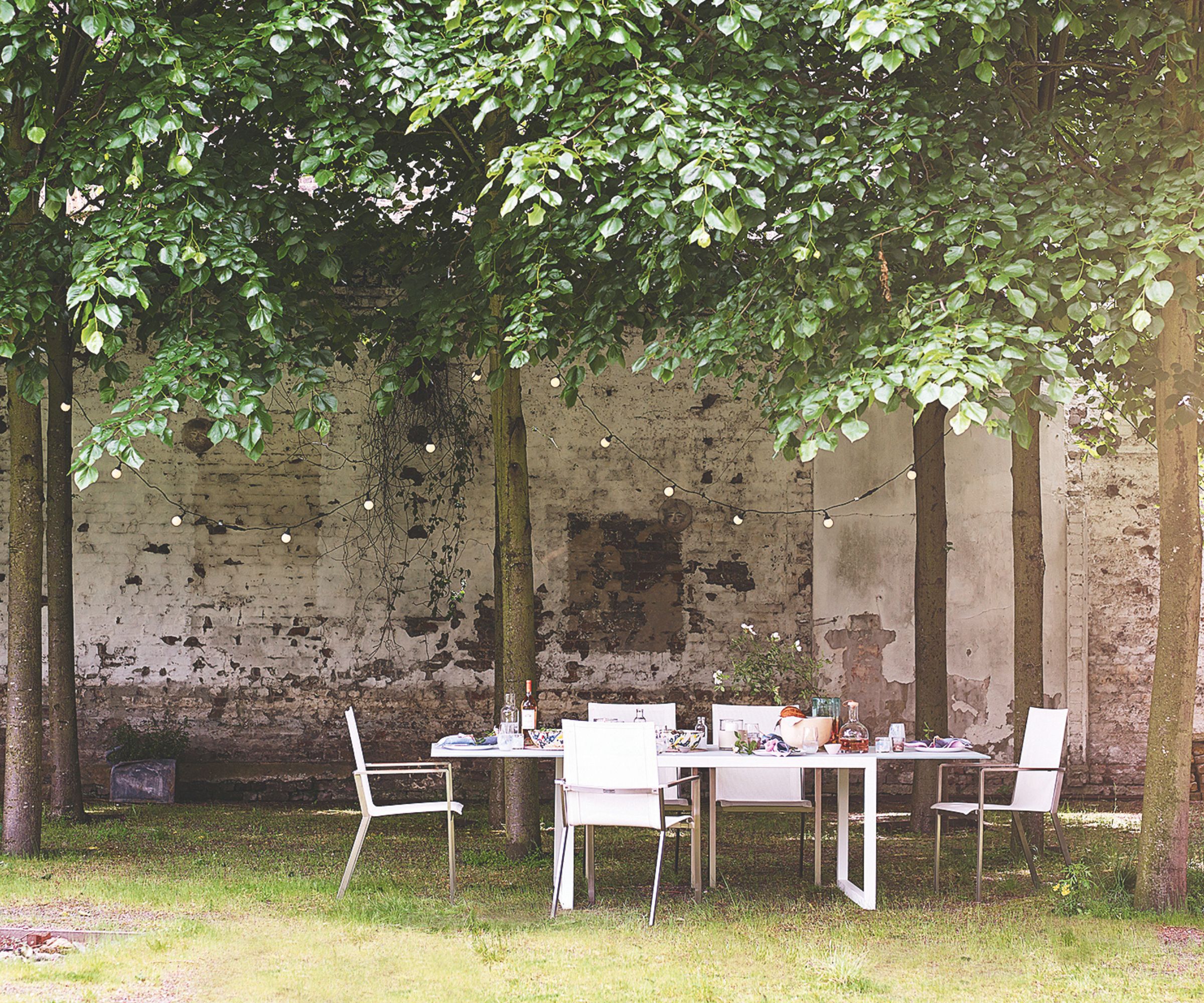
String lights are perhaps an obvious choice, but they make for easy-to-install, pretty, and practical lighting.
Unlike uplighting the wall or installing sconces, there's almost no installation for string lights. You just need to plug them in and drape them along the wall. If you have climbing plants growing along the wall, you can entwine the lights in the branches of a laid-back look, or hang them from guttering or eaves.
Many lights come with an installation kit with screws and wire included to make it even easier. String lights have the added benefit of providing soft, gentle light. Not all of them provide light you can see by, but they're the perfect touch for gently lighting a wall.
2. Use rope lights under eaves or at the base of walls
Rope lights are similar to string lights, but thicker. Rather than suspending light bulbs along a string, they contain lots of tiny LEDs encased inside a thick transparent 'rope'.
Design expertise in your inbox – from inspiring decorating ideas and beautiful celebrity homes to practical gardening advice and shopping round-ups.
This means that, unlike string lights, you can hide rope lights under eaves and ledges or at the base of walls. This makes for a hidden, gentle light that seems like it's growing out of the walls themselves, rather than from an obvious light source. It's an especially good method for lighting a retaining wall.
Best of all, most rope lights offer different lighting patterns and colors, so they're great for customizing your garden lighting. You can use generic, warm lighting throughout the year and swap it for more festive red and green lighting over the holidays.
3. Try uplighting a garden wall
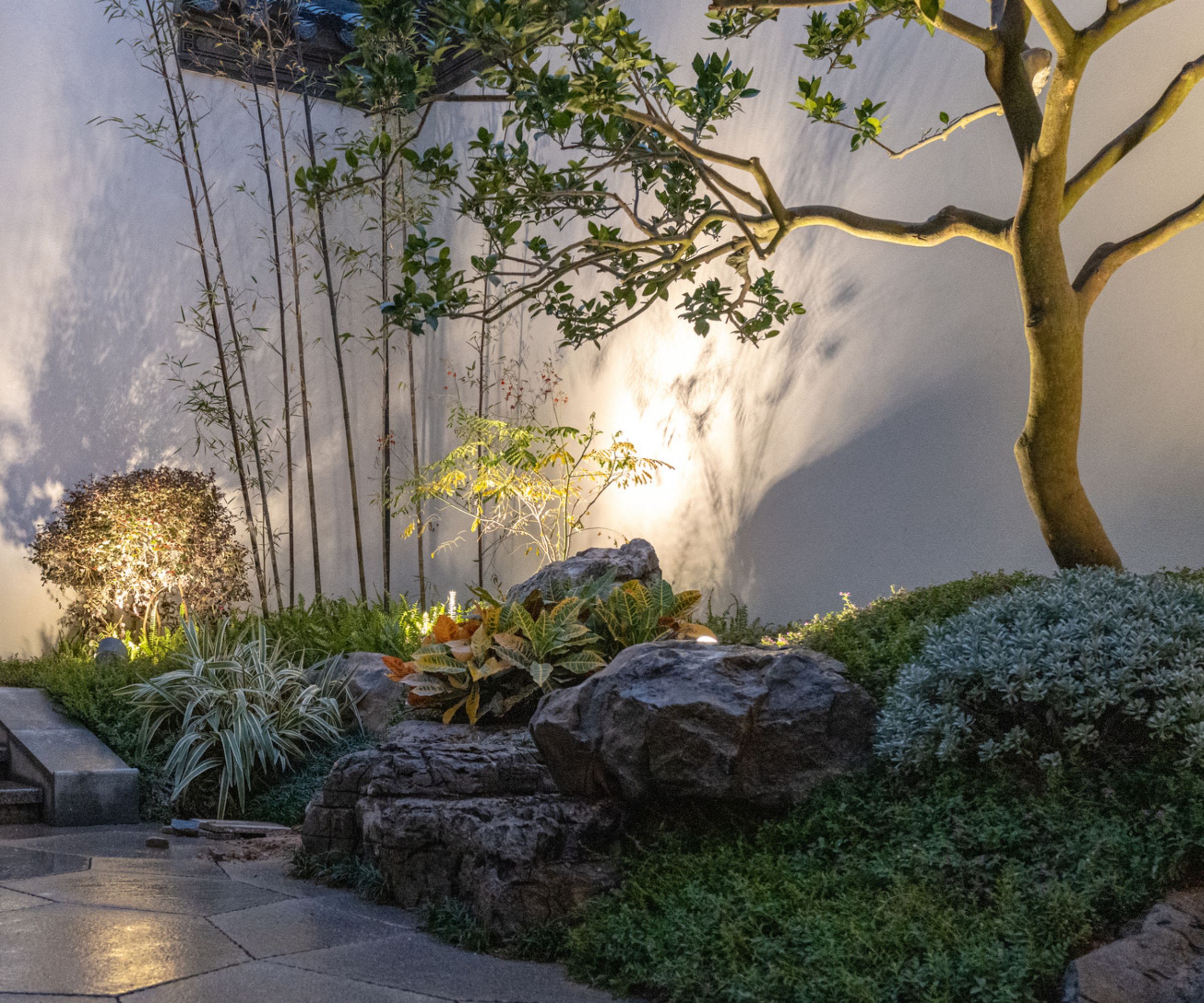
Another way to light up your garden walls is with uplighting. This is a lighting technique where you light up the target object from the floor, making for a diffuse light that softly lights up a large area.
While usually used on trees, it's also a great way to light up a wall. Unlike other methods, you don't need to permanently install any fixtures. There's no drilling in sconces, screwing in string lights, or gluing in a rope light. If you use spotlights rather than in-ground well lights, it's a much less permanent method of lighting. You don't need anything fancy - an inexpensive 16-pack of landscape spotlights like these from Amazon is all you need to achieve the effect.
Uplighting has the second benefit of illuminating your plants. Garden expert and Head of Gardens on H&G, Rachel Bull, told me 'If you have trees, shrubs, or climbers backing onto the wall, you can light these up too. Not only does this make the plants look great, but the shadows they cast onto the wall behind can make for a flickering effect that's perfect for bringing some drama to your backyard.'

Rachel is a gardening editor, flower grower and floral designer. Her journalism career began on Country Living magazine, sparking a love of container gardening and wild planting. After more than a decade writing for and editing a range of consumer, business and special interest titles, Rachel became editor of floral art magazine The Flower Arranger. She then trained and worked as a floral designer and stylist in London for six years, before joining the Homes & Gardens team.
4. Play with color
Lots of us opt for the same old safe garden lighting, but one of the upcoming garden lighting trends for 2025 is a shift to personalized smart lighting.
These smart lights are usually RGB LED lights, so you can choose any color on the spectrum for your garden. That's huge for amateur garden designers because it means you have an incredible range of colors to play with.
Rather than lighting up a wall with amber light like all the neighbors, you can experiment with lots of different hues and patterns, and change them throughout the months - you can even change them by the hour.
Best of all, it means color throughout the year, which can transform your garden in winter. You can play with sophisticated pink and purple lighting to introduce color into the darkest part of the year without the need for winter-flowering bulbs or evergreen trees and shrubs.
5. Use path lights in flowerbeds
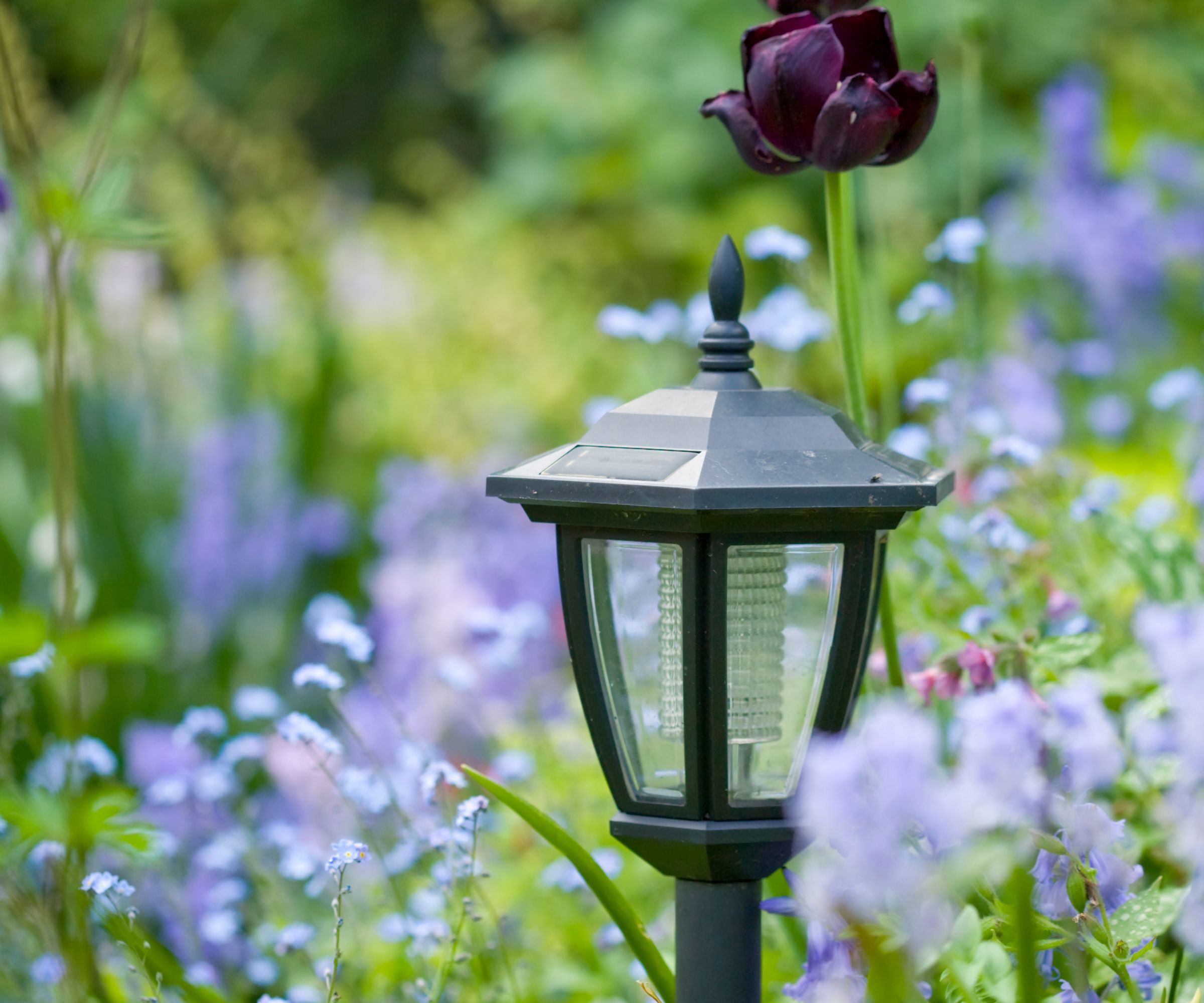
A common garden lighting mistake is to light up your walls but leave your flowerbeds in shadow. This can look stark, as plain walls stand out brightly while flowerbeds look dim and dingy. It's an especially big problem in winter when there's less color in the garden.
However, you can get around this problem by using path lights in your flowerbeds where they back up against the wall. This will cast light up the wall, brining soft, nuanced lighting, as well as lighting up your flowerbeds, so the whole garden is light rather than just the edges.
6. Try candles - but only on special occasions
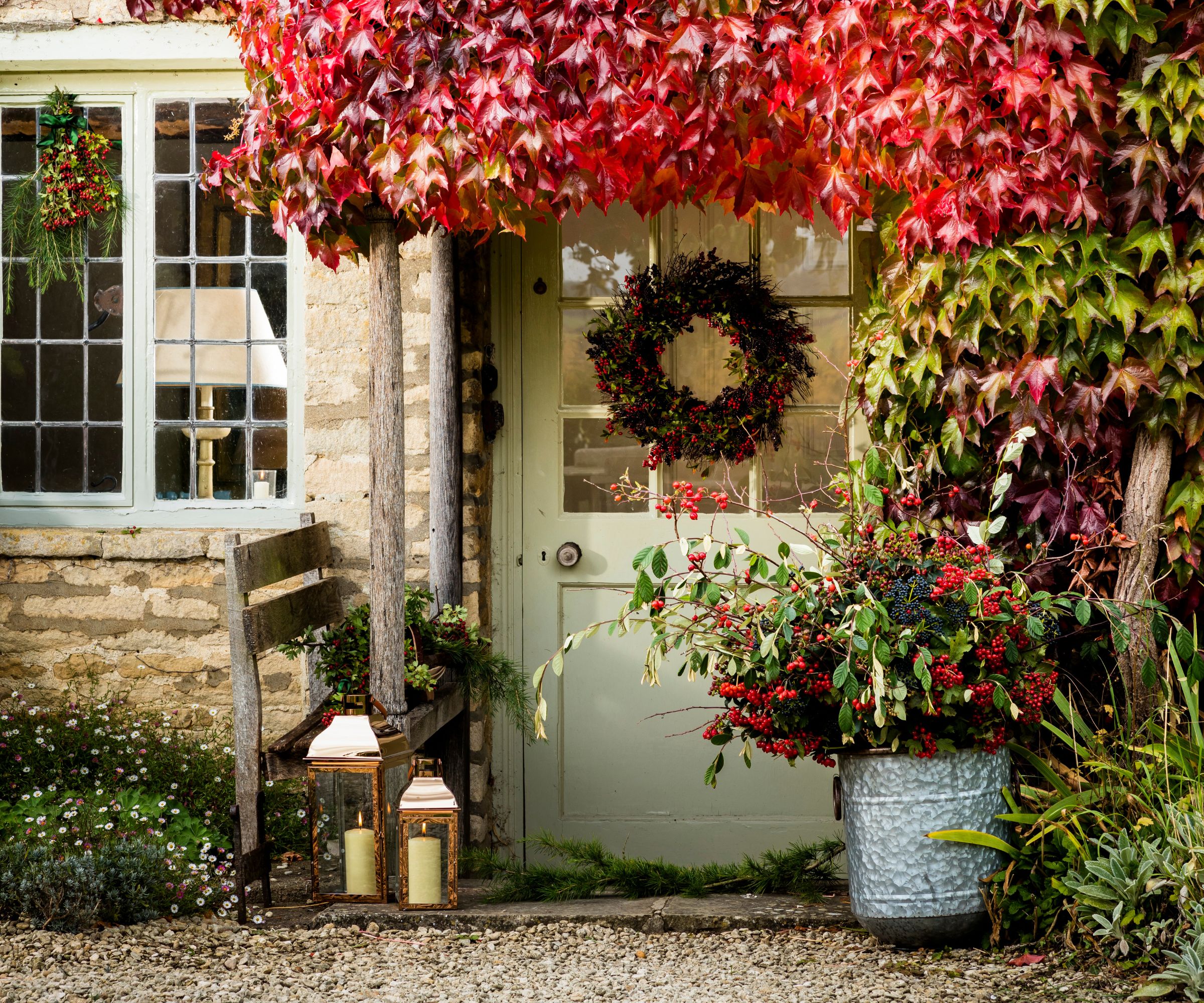
Sometimes the old ways are best. Candles safely enclosed in glass lanterns like this at Pottery Barn can look incredible as garden wall lighting. Unlike most electric lights, candles flicker in the wind, making for homely, traditional lighting.
However, there are some drawbacks to candles - safety, cost, and ease. Candles need to be encased in glass lanterns to reduce any fire risk, and while candles are cheap, these lanterns and lantern posts can become expensive. On top of that, it's a lot of work to make your way along a garden wall and light all the candles every time you want some illumination.
That's why this method is best preserved for special occasions. If the whole extended family is over for an event, or you have a guest you want to impress, this can be a great way to add an extra touch.
7. Work with the material
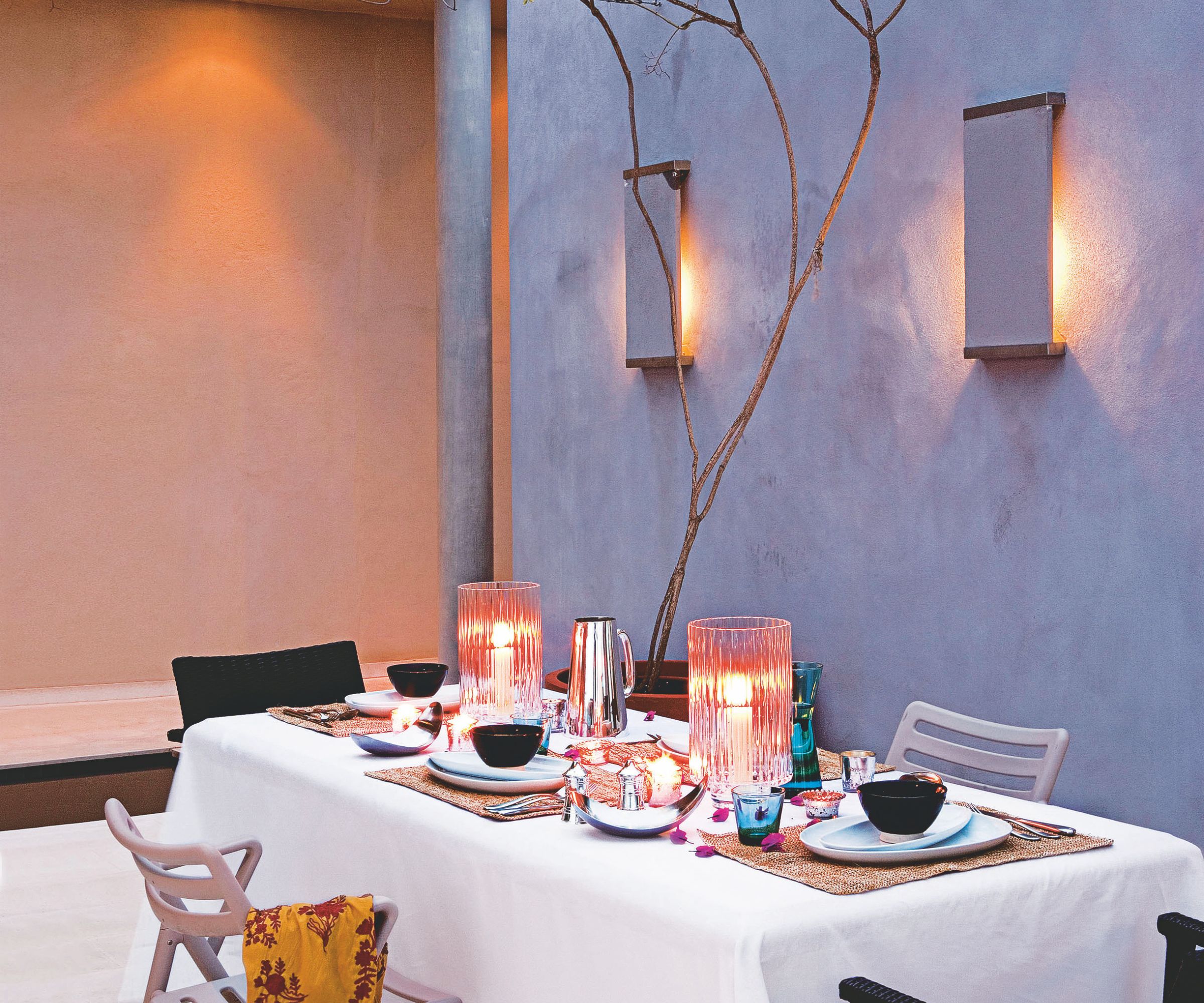
Another mistake people make when lighting a garden is to work against the material on the wall. An ornate, traditional iron wall fixture won't work for a lime-washed wall, and that sleek modern wall light might not suit a brick wall.
Similarly, it helps to work with the colors and textures of local materials. The warm, amber lighting that looks great for the exterior wall of a Colonial house in New England won't suit the stucco walls of an Adobe house in New Mexico.
Instead, lights which emulate the wall can be a great way to make the whole space appear planned, even if the lights are later additions. If you can, try to match any light sconces to the color and texture of the wall, making the whole garden look more cohesive.
Walls aren't the only exterior garden structures that need light. Lighting a porch and lighting a pergola both need different styles of lighting. Porch lights should be bright for security, but pergola lights are better when soft for a gentle ambiance.

As a gardens and lifestyle contributor, Alex makes sure readers find the right information to help them make the best purchase. Alex got his start in reviewing at the iconic Good Housekeeping Institute, testing a wide range of household products and appliances. He then moved to BBC Gardeners’ World Magazine, assessing gardening tools, machinery, and wildlife products.

